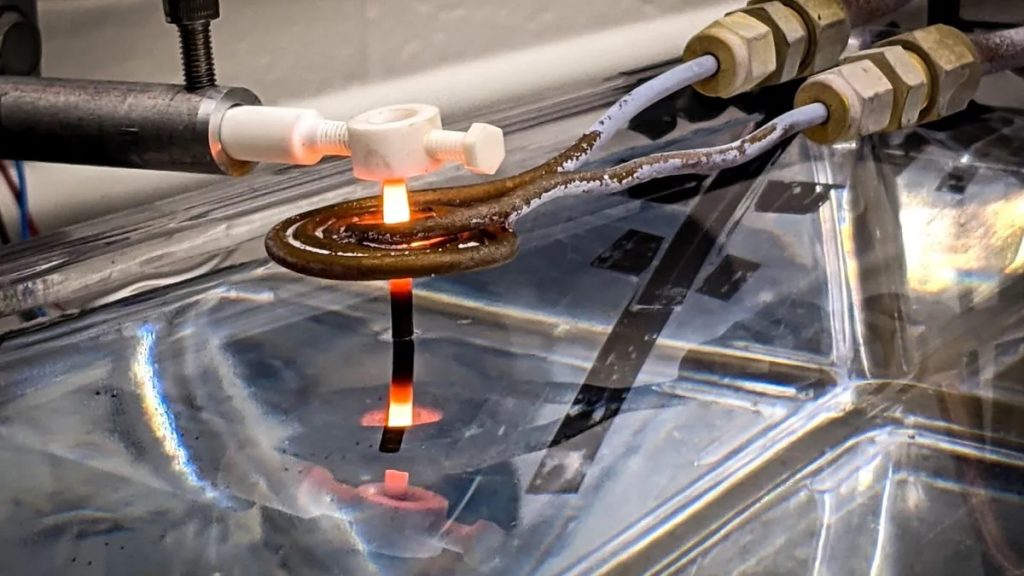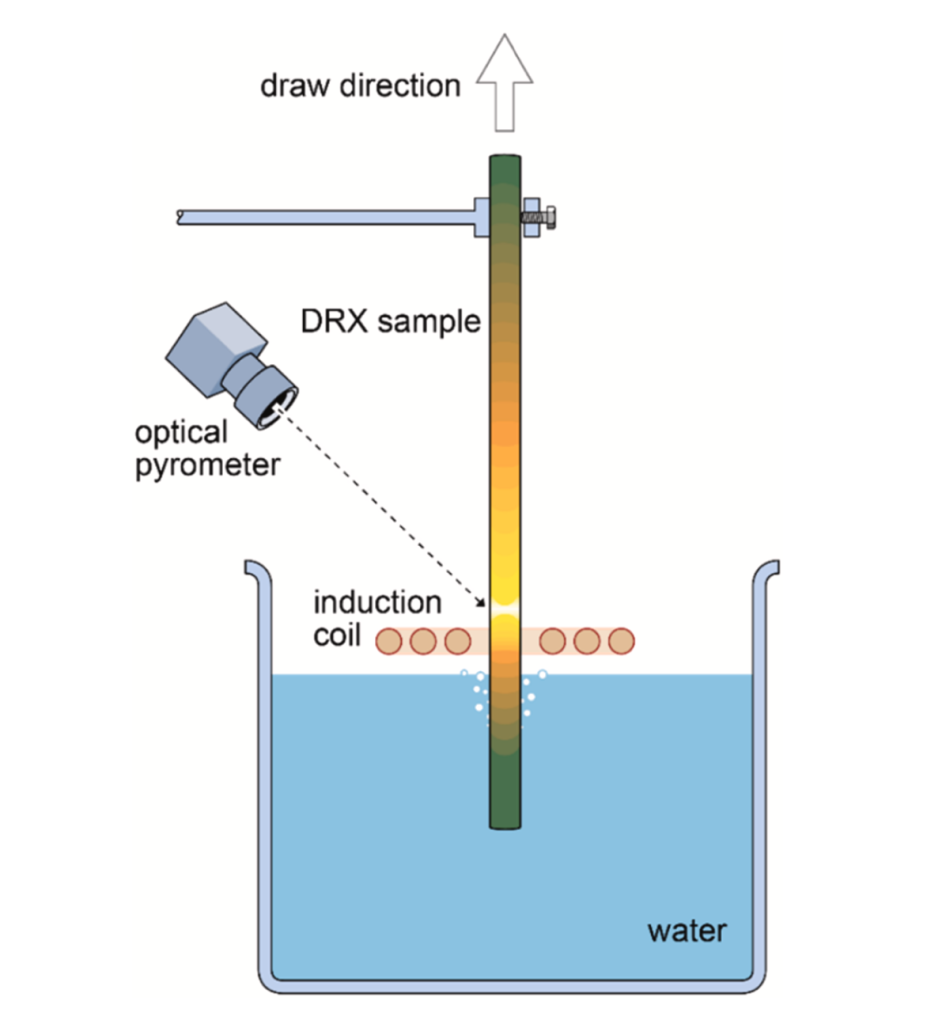Researchers from the Massachusetts Institute of Technology (MIT) have developed a novel heat treatment method which strengthens 3D printed metals.
The new process alters the microscopic structures of the 3D printed material, enabling the production of components which possess high durability and thermal shock resistance.
This process reportedly unlocks new possibilities in 3D printing high-performance blades and vanes for jet engines and gas turbines, allowing for novel designs which reduce fuel consumption and increase energy efficiency.
Developed using AM IN738LC, an additively manufactured super alloy, this heat treatment process replaces the as-printed material’s fine grain internal structure with more coarse columnar grains.
Existing post-processing treatments such as hot isostatic pressing (HIP) can also be used to create enhanced metal structures with larger grains and condensed pores. However, the researchers claim that such processes can still result in metals that deform under persistent mechanical stress and high temperature, otherwise known as creep. The materials’ tendency to creep is minimized through the MIT team’s novel post-processing treatment.
The study, titled Directional recrystallization of an additively manufactured Ni-base superalloy, was published in the journal Additive Manufacturing.
“In the near future, we envision gas turbine manufacturers will print their blades and vanes at large-scale additive manufacturing plants, then post-process them using our heat treatment,” stated Zachary Cordero, the Boeing Career Development Professor in Aeronautics and Astronautics at MIT.
“3D-printing will enable new cooling architectures that can improve the thermal efficiency of a turbine, so that it produces the same amount of power while burning less fuel and ultimately emits less carbon dioxide.”

Anti-creep heat treatment
The research team’s new heat treatment technique is a form of directed recrystallization. This heat treatment technique passes a material, in this case laser powder bed fusion 3D printed IN738LC rods, through an induction coil at controlled speeds to meld the materials’ microscopic grains into larger, stronger, and more uniform crystalline structures.
During testing, each rod was slowly drawn from a water bath and through the coil at varying speeds, heating the metal to between 1,200℃ and 1,245℃ in the process. Each sample was drawn through the ‘hot zones’ at rates ranging from 1 mm/hr to 100 mm/hr.
The researchers ultimately found that drawing the rods at 2.5 mm/hr at temperatures of 1,235℃ created a steep thermal gradient which triggered an optimal transformation in the materials 3D printed microstructure.
Following the heating process, the team examined the microstructure using optical and electron microscopy. These observations confirmed that the microscopic structure on the surface of the 3D printed metal part possessed columnar grains possessing greatly improved anti-creep properties.
“The material starts as small grains with defects called dislocations, that are like a mangled spaghetti. When you heat this material up, those defects can annihilate and reconfigure, and the grains can grow,” added Cordero. “We’re continuously elongating the grains by consuming the defective material and smaller grains — a process termed recrystallization.”
What’s more, it was also found that specific grain size and orientation can be achieved by altering the draw speed and temperature of the rod samples. This level of control is well suited to industrial manufacturers who wish to 3D print metal components which possess specific structural properties.
Indeed, the researchers argue that this process will allow manufacturers to fabricate new, optimized blade and vane geometries for more energy-efficient land-based gas turbines and jet engines.

Post-processing in metal 3D printing
One of the most widely used metal 3D printing processes, Laser powder bed fusion 3D printing can produce metal parts that possess pores and keyholes in the metal part. These structural characteristics weaken the strength of the 3D printed metal part.
HIP post processing is commonly used to counteract these deficiencies. This process, unlike that of the MIT team, applies high temperatures reaching 2000℃ and isostatic pressures of up to 200MPa to the 3D printed metal parts. HIP reduces the porosity of the materials internal structure, improving the physical properties of the part in the process.
In 2019, German 3D printing service provider FIT Additive Manufacturing Group (FIT AG) acquired a HIP system from Swedish high-pressure technology expert Quintus Technologies. This system is being leveraged to ensure that, after post processing, the company’s 3D printed metal parts pass quality assurance tests.
“We have evaluated the requirements of 250 international industrial customers for five years, and HIP turned out as an answer to many quality issues,” commented Carl Fruth, CEO FIT AG. “The results that can be achieved by combining AM and HPHT are highly encouraging. It’s beyond all question that our customers will benefit strongly by this partnership.”
Post-processing is also frequently used to improve the surface finish of a 3D printed metal part. Elsewhere, Vermont-based metal additive manufacturing company A3DM Technologies, and Spanish advanced technology firm GPA Innova, have partnered to advance post-processing of additively manufactured metal parts. This collaborative research agreement sees the two companies develop optimized process parameters for GPA Innova’s “DryLyte” dry electro-polishing process for metal alloys used in powder-based 3D printing.
Subscribe to the 3D Printing Industry newsletter to keep up to date with the latest 3D printing news. You can also follow us on Twitter, like our Facebook page, and subscribe to the 3D Printing Industry Youtube channel to access more exclusive content.
Are you interested in working in the additive manufacturing industry? Visit 3D Printing Jobs to view a selection of available roles and kickstart your career.
Featured image shows MIT’s metal 3D printing post-processing testing stage. Photo via Dominic David Peachy/MIT.


